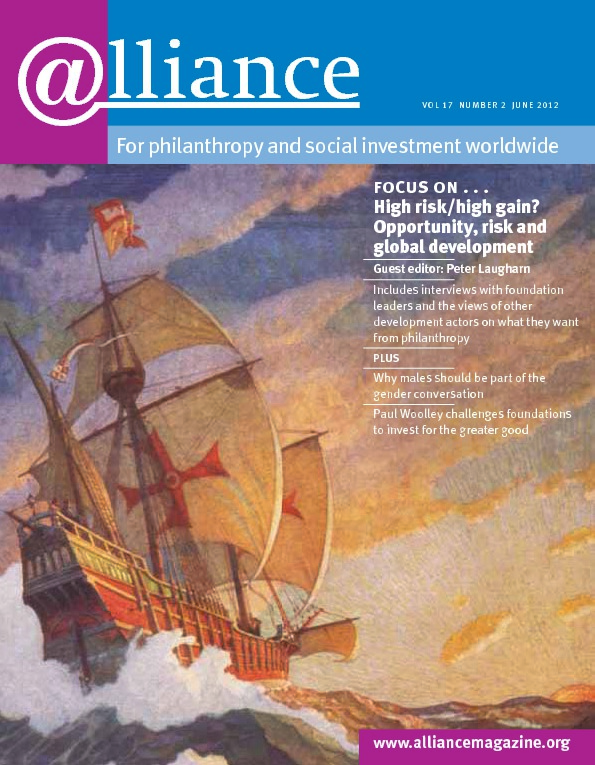There is huge excitement today around the potential of inclusive businesses: commercially viable social enterprises that benefit the global poor by engaging them as customers and suppliers. Encouraged by the growth of microfinance, promising new models are emerging across a range of sectors, from rural electrification to urban housing, from safe drinking water to health microinsurance.
 This has elicited a rush to the new field of impact investing, with nearly 200 funds set up in just a few years and billions of dollars of capital waiting to be invested, according to a recent survey by J P Morgan and the Global Impact Investing Network.[1]
This has elicited a rush to the new field of impact investing, with nearly 200 funds set up in just a few years and billions of dollars of capital waiting to be invested, according to a recent survey by J P Morgan and the Global Impact Investing Network.[1]
But all this excitement – hype, even – obscures a tough reality: many investors report that they are struggling to find good opportunities with impact, and when they do, they find that the returns are modest at best. Meanwhile, philanthropic and aid funders are wondering how they should engage with inclusive business solutions, if at all – perhaps it is time to stop the grant subsidies and let market forces drive this forward.
This is a dangerous situation. The field is young and most of these models still unproven. A recent Monitor study of over 400 promising inclusive enterprises in Africa found that only 32 per cent were commercially viable and had potential for scale, while only 13 per cent were actually at scale. These businesses operate in tough environments, selling to a hard-to-reach customer base with severely limited resources and engaging suppliers with limited capabilities. Their products are often in ‘push’ categories like preventive healthcare, rather than ‘pull’ categories like mobile phones that consumers already desire.
This translates into a difficult proposition for investors. Small gains on a few successes are likely to be outweighed by heavy losses on many failures. Investors are also unlikely to support the heavy upfront expenditure needed to stimulate demand for new push products, or to improve supplier capabilities. As a new report from Monitor and Acumen Fund explains, impact capital alone is not enough. Truly unlocking the potential of impact investing for the global poor will require more, not less, philanthropy, and need it to be delivered in new ways.
1 http://www.thegiin.org/cgi-bin/iowa/resources/research/334.html
For more information
From Blueprint to Scale: The case for philanthropy in impact investing by Harvey Koh, Ashish Karamchandani and Robert Katz is available for free download from the Monitor Inclusive Markets website: http://www.mim.monitor.com/blueprinttoscale.html






Comments (0)